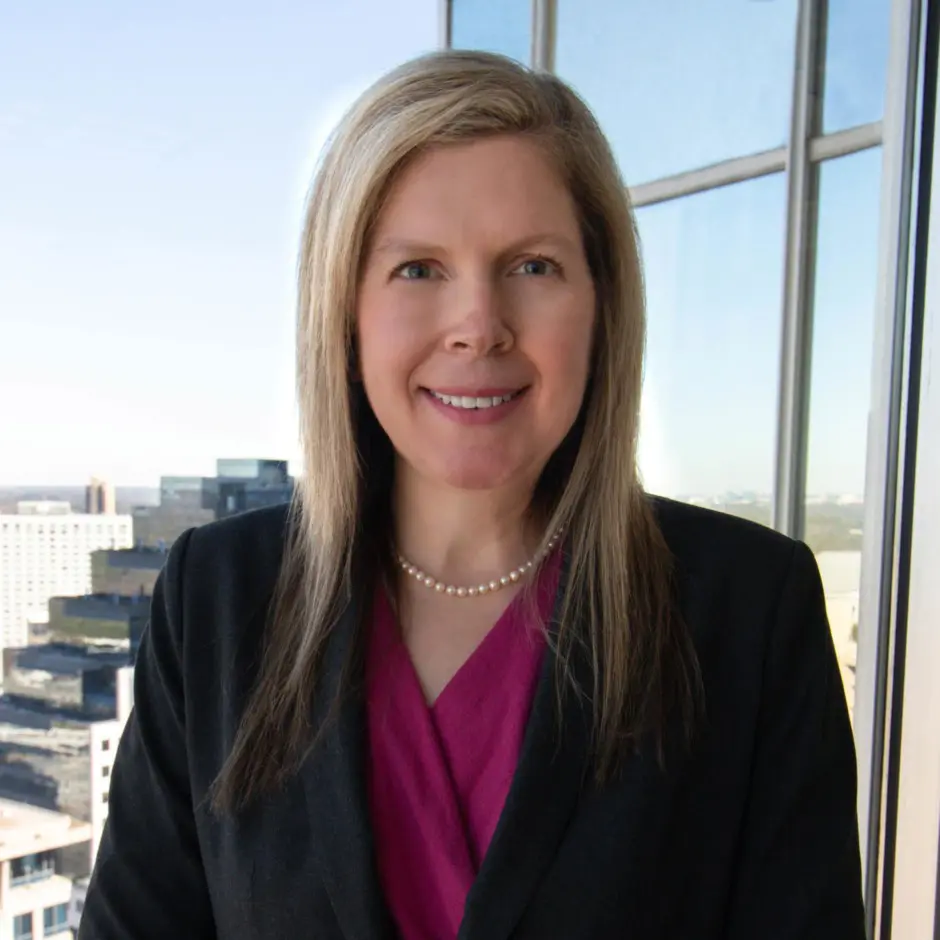Goodman McGuffey partner, Stephanie Glickauf, recently had her article published in DRI’s Customer Connection Issue, which can be accessed by clicking HERE.
As of the writing of this article, there are hundreds of thousands of COVID-19 infections in the United States with tens of thousands of resulting deaths. Across the country, states and municipalities have declared states of emergency and are setting in place various restrictions which range from curfews to shelter-in-place orders. Unsurprisingly, these actions have had a great effect on businesses throughout the country, hitting the retail and hospitality industries the hardest.
Claims for business interruption coverage are pouring into insurers all over the country. Lawsuits have already been filed in this regard in states including Louisiana, Illinois, California and Texas, and insurers are left scrambling to figure out what is covered and what is not. All of these initial suits have stemmed from closures in the retail and hospitality industry, mostly restaurants who are experiencing catastrophic losses due to the virus. The suits are there, but do they have any bite?
As is usually the case, in order to evaluate any type of insurance coverage claim, we must start with the policy. Most business interruption policies provide coverage for the following (or something substantially similar):
. . . actual loss of Business Income you sustain due to the necessary “suspension” of your “operations” during the “period of restoration.” The “suspension” must be caused by direct physical loss of or damage to property at premises which is described in the Declarations . . . .
(emphasis added).
On March 13, 2020, a declaratory judgment action was filed in a Louisiana state court by a restaurant seeking a declaration of coverage for Coronavirus-caused losses under a business interruption policy. This was the first of such suits in the country. The suit alleges that the insured restaurant was issued an “all risk” policy by Lloyds with business interruption coverage. While the complaint does not delve into the relevant policy language, the argument appears to be that contamination of the insured premises by the Coronavirus is a direct physical loss since the virus lingers on surfaces and requires remediation to clean the surfaces of the establishment.
The most oft cited case in support of the argument that the presence of something intangible, like COVID-19, in a structure, satisfies the “direct physical loss of or damage to” requirement, is Gregory Packaging, Inc. v. Travelers Property and Casualty Company of America. While this is a New Jersey case, it addresses both New Jersey and Georgia law.
In Gregory Packaging, the insured sought business interruption coverage under a commercial property policy. An unsafe amount of ammonia had released from a refrigeration system into one of the Gregory Packaging facilities. Gregory Packaging was a New Jersey company, but the facility was located in Georgia. The insurer denied coverage for the loss on the basis that Gregory Packaging did not suffer “direct physical loss of or damage to Covered Property.”
The New Jersey Court first looked to New Jersey law since the policy was issued to Gregory Packing in New Jersey. The New Jersey courts define “physical damage” as “a distinct, demonstrable, and physical alteration” of a property’s structure. The court then determined that, while structural alteration provides the most obvious sign of physical damage, a property can sustain physical loss or damage without experiencing structural alteration. Since ammonia was a dangerous gas which rendered Gregory Packaging’s buildings uninhabitable, the Court found that this constituted a “direct physical loss” sufficient to trigger business interruption coverage.
Georgia law was also examined because the facility at issue was located in Georgia. In reaching the conclusion above, the New Jersey court relied on a Georgia Court of Appeals case, AFLAC Inc. v. Chubb & Sons, Inc., which was tasked with determining whether problems related to computer programs as a result of Y2K was “direct physical loss or damage” so as to be covered under a business interruption policy. The Georgia Court of Appeals in AFLAC defined “direct physical loss or damage” as requiring “an actual change in insured property then in a satisfactory state, occasioned by accident or other fortuitous event directly upon the property causing it to become unsatisfactory for future use or requiring that repairs be made to make it so.” The Georgia Court of Appeals found that AFLAC had not sustained physical loss or damage because its alleged property damage was merely a defect in its computer systems that had “existed from the time the systems were created by design.”
The Gregory Packaging court, in applying the standard set out in AFLAC, Inc., found that the ammonia discharge was occasioned by a fortuitous event which produced an actual change in the content of the air in Gregory Packaging’s facility. Before the ammonia discharge, the facility was in a satisfactory state for human occupancy and continued build-out, but after the ammonia discharge its state was unsatisfactory and required remediation. Thus, the Court found that the ammonia discharge caused “physical loss of or damage to” the Gregory Packaging facility under Georgia law.
The Gregory Packaging case gives a very broad definition of “direct physical loss” which will, no doubt, be used by restaurants and retail establishments in making these claims due to COVID-19.
The next high-profile suit that was filed was French Laundry Partners, LP d/b/a The French Laundry v. Hartford Fire Insurance Company, et al. This suit was filed in the Napa County Superior Court. There, the restaurant group is making similar allegations to those in the Cajun Conti case, but it also seems to be contending that because access to the restaurant is prohibited by an order of civil authority due to the virus in the immediate area, the “Civil Authority” coverage in their policy will be triggered.
Civil Authority coverage forms typically read as follows:
When a Covered Cause of Loss causes damage to property other than property at the described premises, we will pay for the actual loss of Business Income you sustain and necessary Extra Expense caused by action of civil authority that prohibits access to the described premises, provided that both of the following apply:
(1) Access to the area immediately surrounding the damaged property is prohibited by civil authority as a result of the damage, and the described premises are within that area but are not more than one mile from the damaged property; and
(2) The action of civil authority is taken in response to dangerous physical conditions resulting from the damage or continuation of the Covered Cause of Loss that caused the damage, or the action is taken to enable a civil authority to have unimpeded access to the damaged property.
Civil Authority Coverage for Business Income will begin 72 hours after the time of the first action of civil authority that prohibits access to the described premises and will apply for a period of up to four consecutive weeks from the date on which such coverage began.
Civil Authority Coverage for Extra Expense will begin immediately after the time of the first action of civil authority that prohibits access to the described premises and will end:
(1) Four consecutive weeks after the date of that action; or
(2) When your Civil Authority Coverage for Business Income ends;
whichever is later.
A covered cause of loss causing damage to property is still required for an insured business, such as a restaurant or retail establishment, to obtain coverage under the typical Civil Authority coverage form. Thus, the same argument that was made in the Cajun Conti case about the virus staying on surfaces, is being or will likely be made in the French Laundry case. However, instead of physical damage at the actual property, the argument that will be made is that the virus is said to be “in the area.” For any entity making a claim under the Civil Authority coverage form, the coverage is typically limited to a period which will most likely be shorter than the actual period of closure.
One last thing to remember is that many policies contain an exclusion for viruses and bacteria. It does not appear that any of the policies in the cases cited above contained any such provisions. Thus, each policy should be investigated thoroughly.
Stephanie Glickauf is a partner in the Atlanta office of Goodman McGuffey LLP. Her practice concentrates on insurance coverage and bad faith/extra-contractual litigation. In addition to insurance coverage and extra-contractual litigation, Stephanie has experience in general civil litigation, and insurance defense litigation. Stephanie has tried cases in both state and federal court and has handled appeals at all levels. She is a current member of the State Bar of Georgia and has served as national coverage counsel for several different insurance companies. Stephanie speaks nationwide on topics including insurance coverage, construction defect litigation, bad faith, and fraud.
If you have any questions regarding this article, feel free to contact Stephanie Glickauf.


